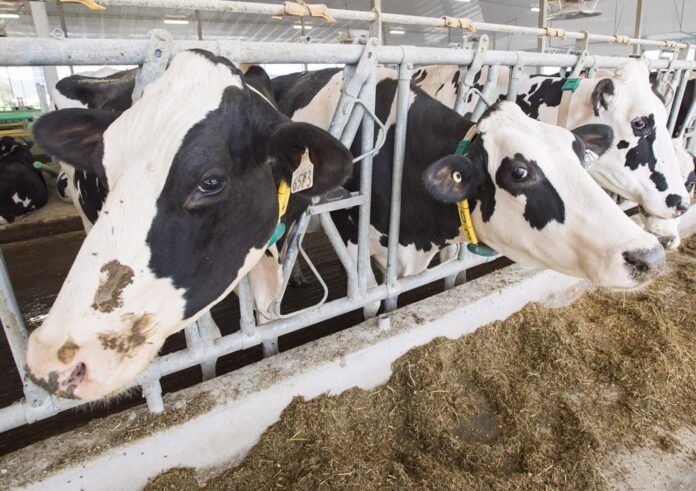“Canada is ramping up its surveillance efforts and increasing testing for avian flu in response to a concerning outbreak in U.S. dairy cattle. The detection of highly pathogenic avian influenza fragments in pasteurized milk sold in the U.S. has raised alarms, prompting Canada to take proactive measures to safeguard its food supply and livestock.
**Expanding Surveillance and Testing**
In a recent statement, Canadian health agencies announced the expansion of surveillance programs to include enhanced testing of milk at the retail level. Additionally, lactating dairy cattle imported from the United States will now require negative tests for avian flu. Voluntary testing will also be available for cows without clinical signs of the disease, as part of industry-wide biosecurity efforts.
**Safety Measures and Reassurance**
Despite the detection of avian flu fragments, commercially sold milk and milk products are deemed safe for consumption. The statement underscores the efficacy of pasteurization in deactivating the virus responsible for avian flu, even in the presence of viral fragments. However, authorities remain vigilant and ready to act swiftly at the first sign of any food safety or animal health risks.
**Collaborative Efforts for Public Health**
While the risk of transmission to humans is low, the Canadian government, provinces, territories, and U.S. counterparts are diligently monitoring, preparing, and responding to the evolving situation. The collective goal is to protect Canada’s cattle, ensure food safety, and safeguard public health.
As the situation continues to develop, it is imperative for stakeholders to remain vigilant, proactive, and collaborative in their efforts to combat avian flu and mitigate its impact on the agriculture and food industries.
In a world where diseases can easily cross borders, proactive measures like increased surveillance and testing are crucial to protect public health and the economy. By working together and staying informed, we can better prepare for and respond to future health challenges.”
Reference















